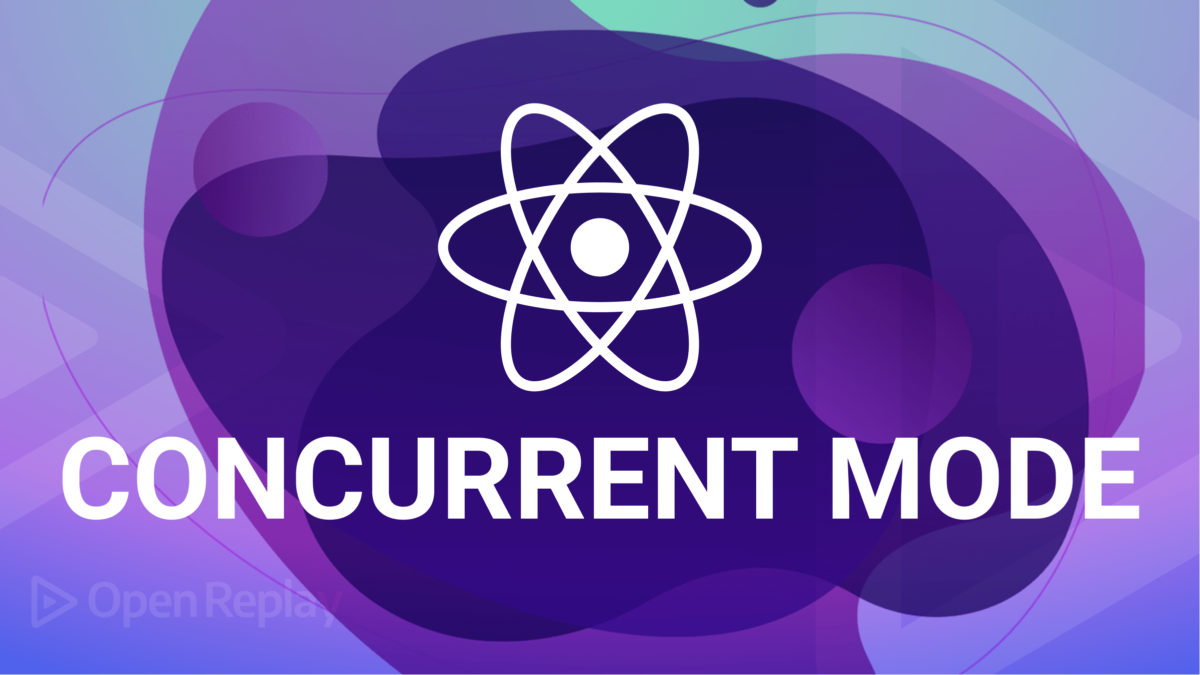Introduction
- Overview of React 18
- Briefly introduce React 18 and its significance.
React 18 is a major version update of the React JavaScript library, which is widely used for building user interfaces. Its significance lies in the introduction of new features and improvements that aim to make it easier to develop large and complex applications. React 18 focuses on providing a more concurrent and interactive user experience, addressing performance issues, and introducing features like Concurrent Mode and automatic batching. The goal is to enhance the overall developer experience and enable the creation of more dynamic and responsive user interfaces. Developers can expect improved performance, better handling of asynchronous rendering, and new tools to optimize their applications with the advancements brought by React 18.
- Briefly introduce React 18 and its significance.
Understanding Concurrent Mode
-
What is Concurrent Mode?
- Explain the concept of Concurrent Mode and its goals in React.
-
Concurrent Mode is a set of new features in React that aims to improve the responsiveness and performance of applications, particularly in scenarios with high component complexity and frequent updates. The primary goal of Concurrent Mode is to make React applications more concurrent, which means enhancing the ability to work on multiple tasks simultaneously.
Here are the key concepts and goals of Concurrent Mode:
1. Responsive User Interfaces:
- Goal: Ensure that the user interface remains responsive and interactive, even during heavy computational tasks or when rendering large amounts of data.
- Concept: Concurrent Mode allows React to pause and resume rendering updates based on priority, ensuring that high-priority updates, such as user interactions, are processed more quickly.
2. Improved User Experience:
- Goal: Enhance the overall user experience by reducing the perceived latency in rendering and responsiveness.
- Concept: Concurrent Mode introduces the ability to schedule and prioritize different tasks, allowing React to work on multiple updates concurrently. This leads to smoother and more responsive user interfaces.
3. Better Asynchronous Rendering:
- Goal: Optimize the handling of asynchronous tasks, such as data fetching, to prevent them from blocking the main thread and causing delays in rendering.
- Concept: Concurrent Mode enables time-slicing, a technique that allows React to break down large rendering tasks into smaller units, ensuring that the main thread remains available for other high-priority tasks.
4. Graceful Loading:
- Goal: Improve the loading experience of applications by rendering and displaying partial content as soon as it becomes available, rather than waiting for the entire content to be ready.
- Concept: Concurrent Mode, in combination with features like Suspense, facilitates the rendering of components in a way that allows the application to display meaningful content progressively as it loads.
5. Adaptive Rendering:
- Goal: Enable React to adaptively adjust the rendering strategy based on the available resources and the device’s capabilities.
- Concept: Concurrent Mode provides the flexibility to adjust rendering priorities dynamically, allowing React to optimize the user experience based on factors like network conditions and device capabilities.
-
- Explain the concept of Concurrent Mode and its goals in React.
-
Benefits of Concurrent Mode
- Discuss the advantages, such as improved performance and user experience.
Key Features and Changes
-
Time Slicing
- Explain how time slicing works in Concurrent Mode and its impact on rendering.
-
Suspense
- Explore the Suspense feature in Concurrent Mode and how it simplifies data fetching and code-splitting.
Implementation and Best Practices
-
Adopting Concurrent Mode
- Provide guidance on how developers can start using Concurrent Mode in their projects.
-
Best Practices for Concurrent Mode
- Share tips and best practices for optimizing performance and taking advantage of Concurrent Mode features.
Community Response and Resources
-
React Community Feedback
- Highlight any notable reactions or feedback from the React developer community.
-
Useful Resources
- Provide links to official documentation, tutorials, and talks related to Concurrent Mode.
Conclusion
- Closing Thoughts
- Summarize the key points discussed and express enthusiasm for the future of React with Concurrent Mode.
Call to Action
- Experiment and Share
- Encourage readers to experiment with React 18 and share their experiences or insights in the comments.
- Invite them to join relevant forums or communities to stay updated on the latest React developments.

